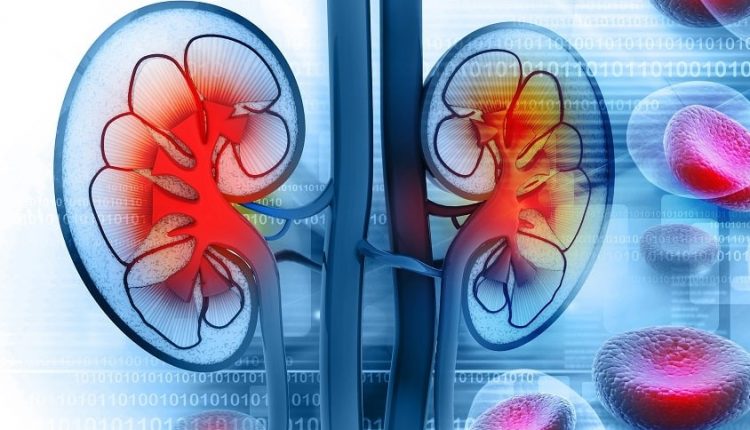
Lupus nephritis (nephritis secondary to systemic lupus erythematosus): symptoms, diagnosis and treatment
Lupus Nephritis is the renal disease of Systemic Lupus Erythematosus. It is very common among adolescent females, whereas in paediatrics it is very rare
Systemic Lupus Erythematosus (SLE) is an autoimmune disease that can affect various organs.
The kidney is one of the most affected organs, especially in children and adolescents.
Lupus nephritis is, therefore, the kidney disease of Systemic Lupus Erythematosus
It may occur from the outset or some time after the initial diagnosis.
It is a rare disease in paediatrics: it is more frequent in adolescent females and is very rare before the age of 10.
Systemic Lupus Erythematosus is caused by an alteration of the immune system that instead of being activated exclusively in defence against harmful agents (bacteria, viruses or other toxic stimuli), also attacks its own body, in this case the kidney.
The cause is still not well understood: genetic predisposition and environmental factors are thought to be involved.
The disease is not infectious and is not contagious.
Symptoms of lupus nephritis
When lupus nephritis is present from the onset of the disease, the most common symptom is the appearance of dark urine (presence of copious amounts of blood that gives a “coke” colour to the urine) or the appearance of oedema (accumulation of water in the tissues caused by the loss of protein in the urine).
Patients generally complain of tiredness and often have elevated blood pressure.
In most cases, other symptoms of Systemic Lupus Erythematosus are present, such as butterfly erythema on the face, joint pain, fever, or recent weight loss.
Blood tests frequently show kidney failure.
Other times, however, the onset is insidious.
General symptoms are few and may be confused with a flu episode.
Renal function is not impaired and the urine remains clear, despite an abnormal urine examination.
Diagnosis is based on the presence of typical symptoms of Systemic Lupus Erythematosus and biological abnormalities
Almost all patients develop autoantibodies, particularly anti-nuclear antibodies and anti-DNA antibodies.
Complement fractions C3 and C4 in the blood are generally low in the active phase of the disease, and the blood count often shows a reduction in white blood cells, red blood cells and/or platelets.
Renal involvement is demonstrated by renal function tests (urea nitrogen, creatinine, uric acid, sodium, potassium, chlorine, urine examination).
Urine examination shows the presence of protein and blood, often associated with ‘cylinders’, precipitates of protein that take the form of a cylinder, visible on examination of the urine under a microscope.
If renal involvement is suspected, a kidney biopsy must be performed to confirm the diagnosis and assess the type and severity of the lesions.
Treatment initially requires the use of high doses of drugs to achieve complete remission (disappearance), which is a determinant of a good long-term prognosis.
Thereafter, maintenance therapy is required to be continued for years and sometimes for life.
The drugs commonly used are Cortisone, Cyclophosphamide, Mycophenolate Mofetil, Azathioprine, Cyclosporine or Tacrolimus, Hydroxychloroquine and Rituximab.
Therapy regimens are chosen according to the results of the kidney biopsy and the clinical picture.
There is no real prevention.
Early diagnosis of lupus nephritis is important to intervene on lesions that are not yet too extensive
Unfortunately, relapses are frequent if therapy is reduced or stopped too quickly; they can instead be prevented by regular checks to adjust maintenance therapy.
Collaboration between patient and doctor is therefore essential to achieve long-lasting results.
With current therapies, the prognosis of lupus nephritis is good in most cases.
Less than 10% of patients progress to terminal renal failure over time and will need dialysis and transplantation tomorrow.
Read Also:
Emergency Live Even More…Live: Download The New Free App Of Your Newspaper For IOS And Android
Blood Pressure: When Is It High And When Is It Normal?
Rheumatic Diseases: Arthritis And Arthrosis, What Are The Differences?
Increased ESR: What Does An Increase In The Patient’s Erythrocyte Sedimentation Rate Tell Us?
Systemic Lupus Erythematosus: The Signs Not To Be Underestimated



